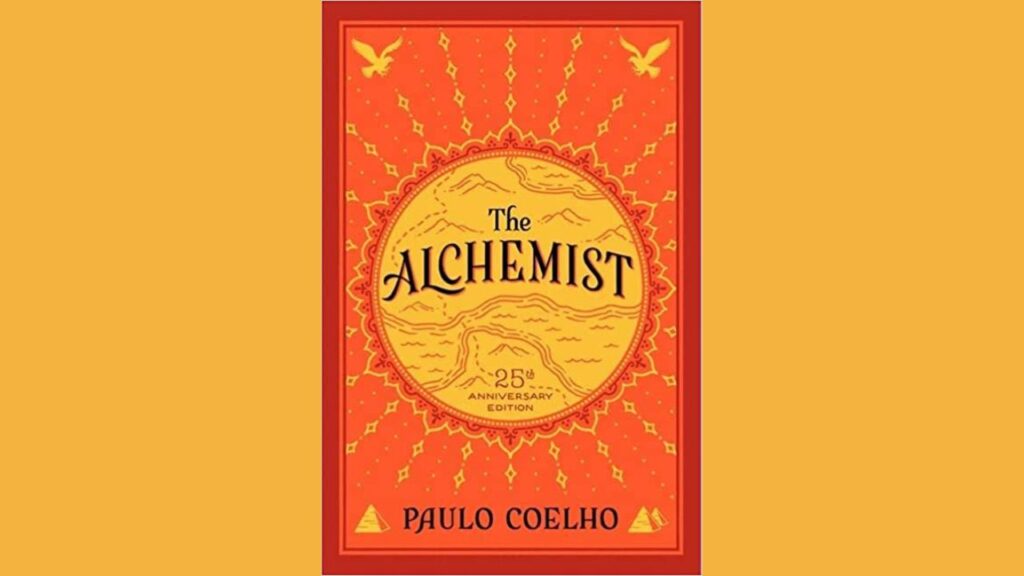
Student Notes – The Picture of Dorian Gray by Oscar Wilde
Introduction:
The Picture of Dorian Gray, written by Oscar Wilde and published in 1890, is a novel that explores the themes of beauty, art, morality, and the consequences of indulgence and vanity. It tells the story of Dorian Gray, a young man who remains eternally youthful while a portrait of him ages and reflects his moral decay. This set of student notes provides a comprehensive overview of the key elements, themes, and characters in The Picture of Dorian Gray, along with analysis and discussion points for further exploration and understanding.
Setting:
- Late 19th-century London: The novel is primarily set in the opulent and hedonistic society of Victorian England, where appearances and social standing are highly valued.
Characters:
- Dorian Gray: The young and handsome protagonist, whose desire for eternal youth and beauty leads him down a path of moral corruption.
- Lord Henry Wotton: A cynical and influential aristocrat who serves as Dorian’s mentor, shaping his worldview and encouraging his pursuit of pleasure.
- Basil Hallward: An artist who becomes infatuated with Dorian’s beauty and paints the portrait that ultimately captures his moral deterioration.
- Sibyl Vane: A young actress who falls in love with Dorian, representing innocence and purity in contrast to his dark desires.
Plot Summary:
- The novel follows Dorian Gray as he navigates his transformation from a charming and innocent youth to a morally corrupt individual.
- The portrait painted by Basil Hallward serves as a mirror of Dorian’s soul, aging and becoming more grotesque as he indulges in vice and wickedness.
- Themes: The Nature of Beauty, Art and Aestheticism, Morality and Corruption, Hedonism and Pleasure, the Dual Nature of Humanity.
Key Themes and Symbolism:
- The Nature of Beauty: The novel explores society’s obsession with physical appearance and the destructive consequences of pursuing eternal youth and beauty.
- Art and Aestheticism: The role of art as a reflection of the artist’s soul and the power of aesthetics to shape one’s perception of reality.
- Morality and Corruption: Wilde examines the consequences of leading a life devoid of moral principles and the price one pays for indulging in hedonism and vice.
- Hedonism and Pleasure: The pursuit of pleasure and immediate gratification as a driving force in human behavior and its potential for moral decay.
- The Dual Nature of Humanity: The novel delves into the concept of the duality of human nature, where the true self and the public persona may be vastly different.
Analysis and Discussion Points:
- Analyze Dorian Gray’s character development, discussing the factors that contribute to his moral corruption and examining his inner struggle between good and evil.
- Discuss the role of art in the novel, exploring the symbolism of the portrait and its representation of Dorian’s hidden sins and moral decay.
- Examine the influence of Lord Henry Wotton on Dorian’s transformation, analyzing his philosophical views and the ethical implications of his beliefs.
- Reflect on the theme of societal hypocrisy, considering the contrast between Dorian’s outward appearance and his inner corruption.
- Explore the relevance of the novel’s themes in contemporary society, discussing the pressure for eternal youth, the pursuit of pleasure, and the consequences of unchecked vanity.
Conclusion:
The Picture of Dorian Gray is a thought-provoking novel that challenges societal norms and explores the dark side of human nature. Oscar Wilde’s sharp wit, insightful commentary, and exploration of aestheticism and morality continue to resonate with readers. By engaging with the student notes provided, readers can gain a deeper understanding of the novel’s themes, characters, and the timeless message it conveys about the dangers of unchecked indulgence and the true nature of beauty.





